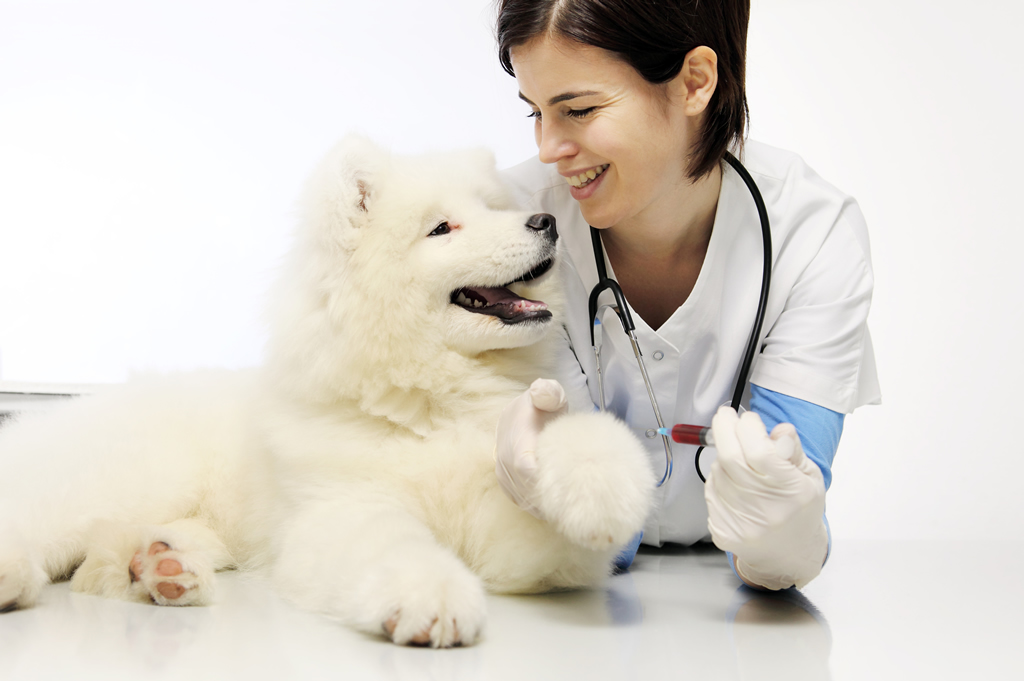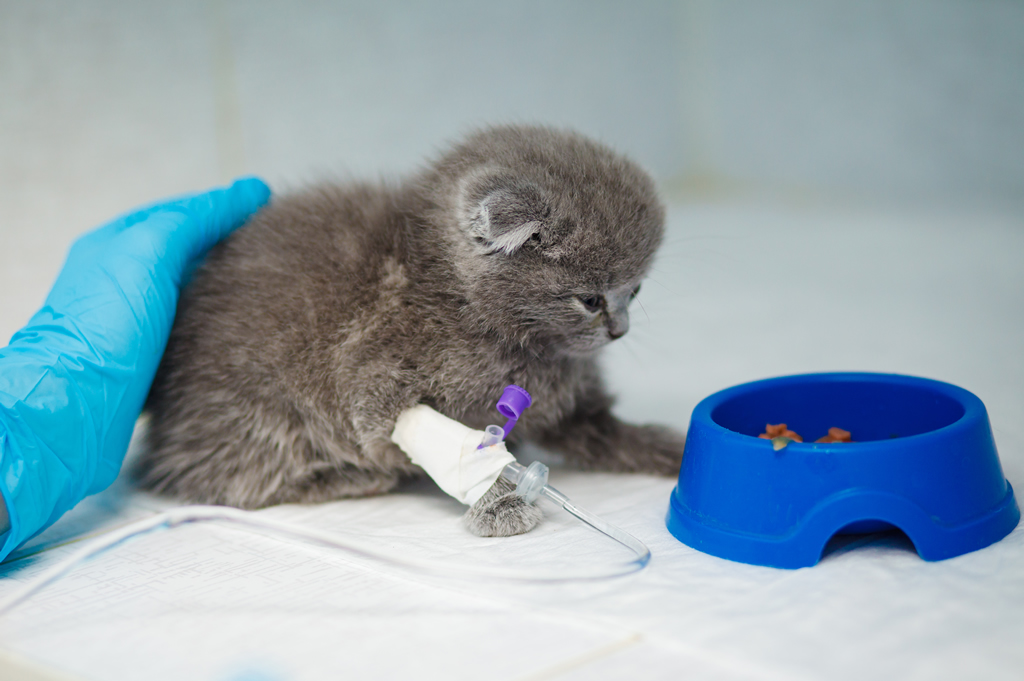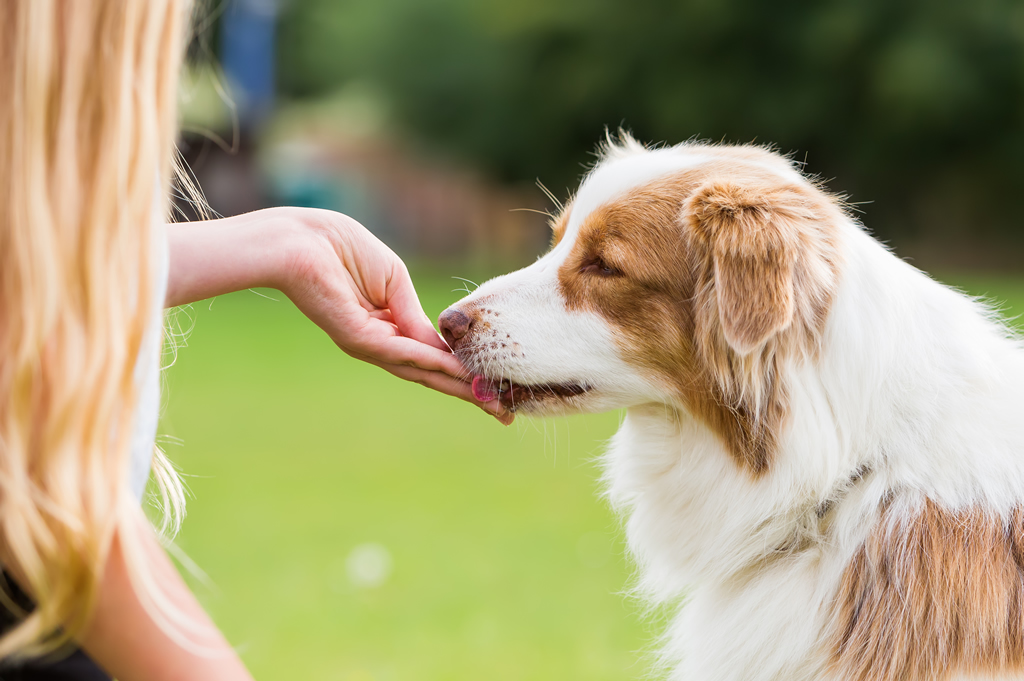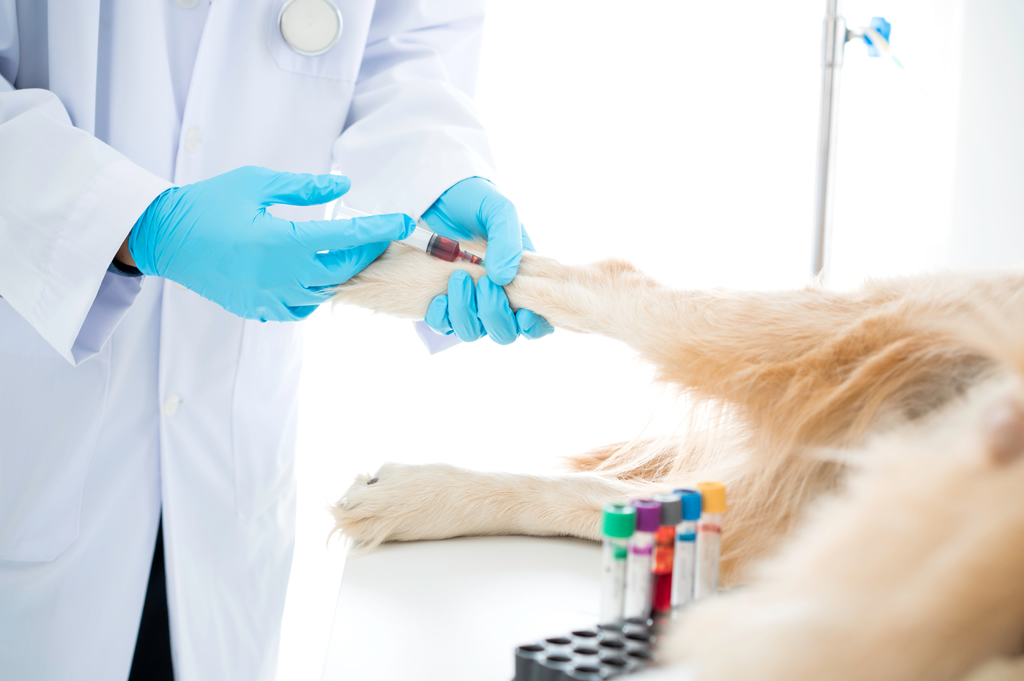Did you know your pet could be a blood donor? Just like in people, blood transfusions are frequently required for sick and injured dogs and cats, and could save a pet’s life! At The Insurance Emporium, we’ve spoken to our pet health expert to find out everything you need to know about your pet being a blood donor!
Are there blood banks for dogs and cats?

Ideally, the majority of vets should have access to a local pet blood bank. This is where blood products are stored, and your vet should be able to order them for immediate delivery as and when required.
Pet Blood Bank for dogs
Pet Blood Bank is a UK charity set up in 2007 to support vets by providing an essential blood service for pets. The charity operates 24/7, ensuring pets can receive the help they need, when they need it. Dog owners can register their dog to give blood at one of the Pet Blood Bank’s donation sessions. A single donation could help up to four dogs!
For the safety of the donor and the recipient, your dog needs to meet certain criteria:
- Your dog should be fit and healthy
- Between one and eight years old
- At least 25kg lean bodyweight
- Have a good temperament and be happy at the vets
- Have never travelled abroad
- Be fully up to date with vaccinations
- Not be on any medication
Pet Blood Bank for cats

Unfortunately, Pet Blood Bank does not currently store cat blood, due to the difficulties associated with storage. Because of this, finding an appropriate donor in an emergency can be difficult. Your own veterinary practice may have a separate donor scheme in place for both dogs and cats. Donors are assessed for their suitability, and may be contacted when required in an emergency.
While they do not currently have the service in place, Pet Blood Bank are working on expanding to include a blood bank for cats. Just like with dogs, you can register your cat to be a blood donor, and when the service becomes available, the charity will get in touch. To be considered as a donor, cats should be:
- Fit and healthy
- Between one and ten years old
- Weigh more than 4kg
- Be fully up to date with vaccinations
- Be fully up to date with flea and worm treatments
- Not be on any medication
- Have never travelled abroad
- Have never had a blood transfusion
- They can be either indoor or outdoor cats
What happens at a blood donation session for dogs and cats?

When you arrive at a blood donation session for your pet, a vet will perform a full physical health check to assess your dog or cat’s suitability. The vet will go through your pet’s health history, clip and clean two small areas of your dog’s neck and take a small blood sample and some tests.
Then, the actual donation takes place. Dogs giving blood are lifted onto a table and asked to lie on their side. They will take approximately 450ml of blood, which takes between five to ten minutes. Giving blood is generally a painless procedure, and most dogs don’t even realise they are donating! When cats are donating blood, a vet will generally prefer them to be conscious, but sedation may be required to minimise stress. After the donation, your pet will be treated to a drink of water and a snack!
Do animals have different blood types?

Just like people, dogs and cats can have different blood types. When a blood transfusion is required, it is preferable to find a matching bloody type. Dogs can either be DEA 1 positive or DEA 1 negative, with the majority of dogs in the UK being DEA 1 positive. Demand is high for the DEA 1 negative blood type, as only 30% of dogs eligible to donate in the UK are have the DEA 1 negative blood type, and it can be given to any dog in an emergency.
For cats, there are three main feline blood groups: A, B, and AB. Type A is the most common, and AB the rarest. Unfortunately, transfusion reactions can be a problem in cats, so their blood type should always be cross-matched when receiving a transfusion.
If you think your pet may be able to help another through becoming a blood donor, contact your vet or visit the Pet Blood Bank charity for more information.
All content provided on this blog is for informational purposes only. We make no representations as to the accuracy or completeness of any information on this site or found by following any link on this site. We will not be liable for any errors or omissions in this information nor for the availability of this information. We will not be liable for any loss, injury or damage arising from the display or use of this information. This policy is subject to change at any time.


